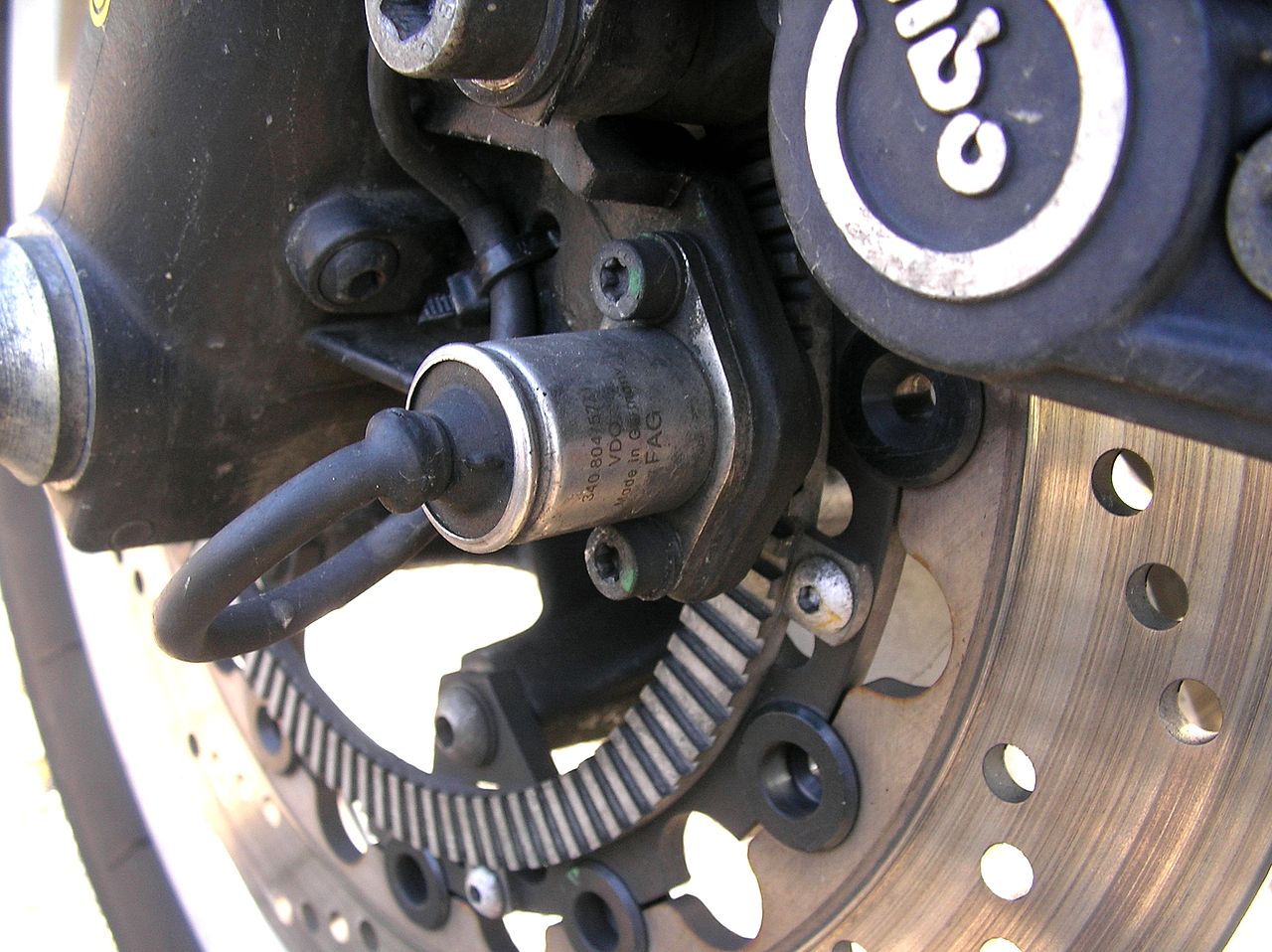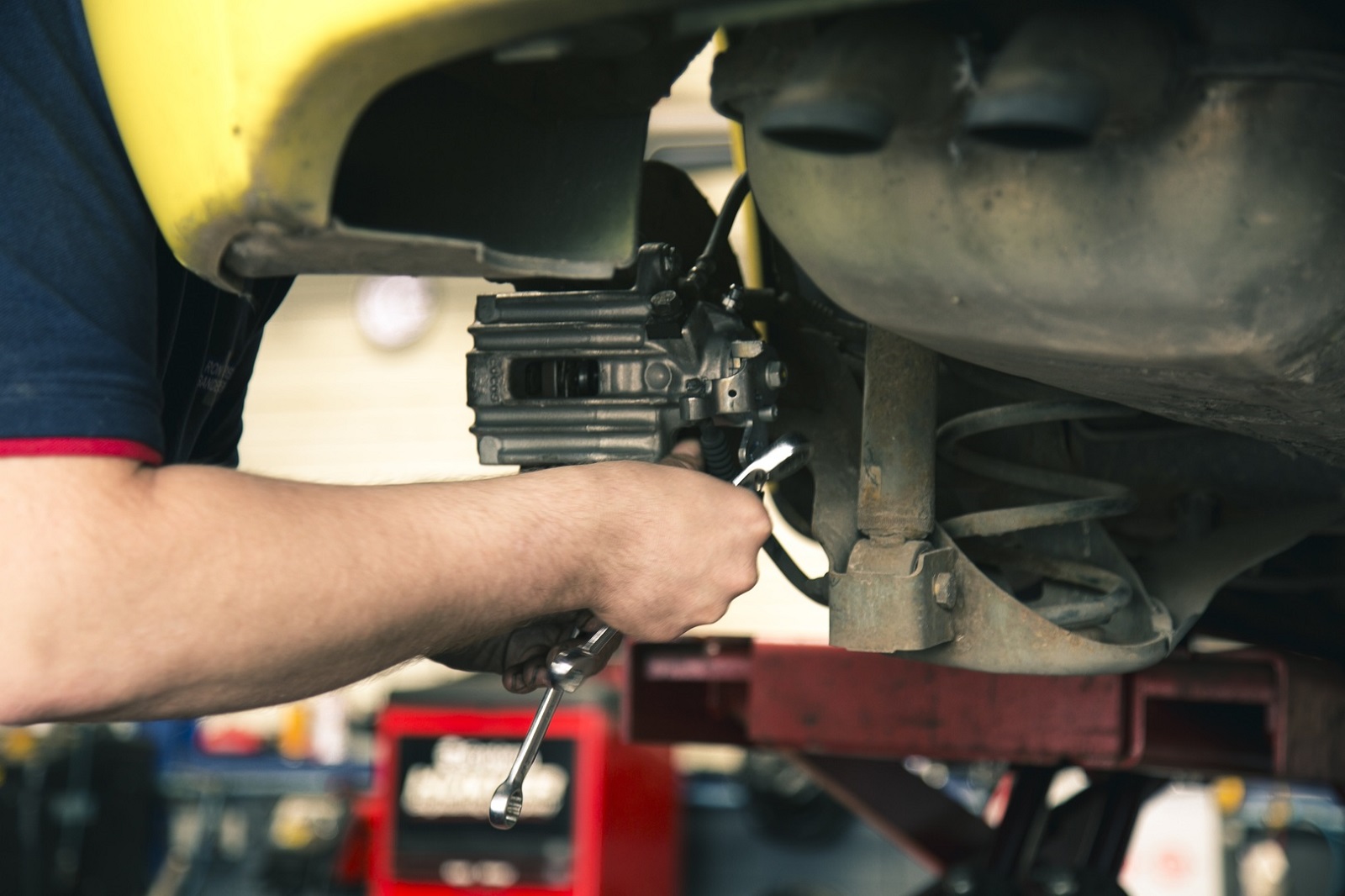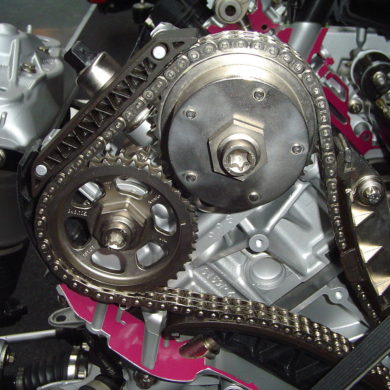Driver’s relying on their gut instinct when driving their cars has long been a thing of the past. Numerous assistance systems guarantee our safety. ABS and ESP have been found in every car for even longer.
However what exactly to these silent helpers, such as ABS and ESP, actually do? We set the record straight!
The Anti-lock Braking System (ABS)
ABS is considered the mother of all assistance system and acts as a braking aid. Its purpose: to prevent the locking of the wheels during braking.
In spite of maximum braking effect being applied, the car remains completely steerable. This means that you can avoid obstacles in dicey situations – in spite of emergency braking.
The Anti-lock Braking System monitors the speed of all four wheels and detects at an early stage if a wheel is at risk of locking.
One side effect is that the braking distance of a vehicle with ABS is almost always shorter than that of one without. It is only on snow and sand that the braking distance may be slightly longer, as the wheels are not at risk of locking on moving ground.
The Electronic Stability Program (ESP)
On wet or icy road surfaces there is a risk that the car may swerve quickly. The ESP is intended to counteract this behaviour and applies the brakes to the individual wheels in a targeted manner.
For example, if the rear of the vehicle pushes outwards in corners, the brake is applied to the front wheel towards the outside of the curve. ESP also prevents the wheels from slipping when driving too quickly.
Also included within the ESP system is Anti-Slip Regulation (ASR). This also prevents spinning wheels when driving too quickly and thus ensures optimal grip on wet or icy roads.
The meaning of the control lights for ABS and ESP
If the ESP control lights begin flashing while driving or cornering, you can assume that your ESP is active.
The flashing provides you as the driver with the information that your car is performing stability control in this specific moment, and is thus attempting to prevent the vehicle from swerving.
If the ABS and ESP control lights in your tachometer light up permanently, you must visit a garage/repair shop urgently.
The control lights indicate that something is wrong with your ESP or ABS system. For you this means that the safety of your vehicle is not guaranteed.
If you notice such a problem in your car, you can book into a suitable garage via our website.
If you liked this article you can feel free to share it with others!




